An office with one occupant: those offices tend to be pretty straightforward. Sadly, its often only the boss or middle management who get that kind of office, and it’s mainly for reasons of prestige (‘corner office mentality’), confidentiality (because the occupant tends to have conversations that cannot be overheard) and the need to seat more than two people for internal meetings on occasion.
Office with multiple occupants: these tend to be cramped, especially if the people put in there together have different roles within the company. There is good reason to share an office with somebody you work with directly, to increase synergies and keep the running distances short – no point in having to run next door twenty times a day, right? If the two people in one room have two unrelated roles, this will likely lead to two sets of paperwork that needs a lot more storage. Two person offices can have a couple of basic layouts: two desks facing each other, or two desks facing the wall with the people back to back. Sometimes they might sit side by side, especially in very narrow rooms. There seems to be a bit of logic to the choices: facing each other works for people with connected roles, back to back indicates they work on separate things, side by side feels more like a practical solution to place people in the space. All of these have advantages and disadvantages: Facing each other is good for communication with the other person, but also distractions. Whenever you are on a phone call someone is clearly listening in AND watching you at the same time… slightly annoying. In terms of storage the setup can lead to problems with filing: either the storage cabinets are behind each person, leading to a lot of walking around the office, or the cabinets are to the side, with often makes for a situation where one of the two has to pass by the other one to get into and out of the room. Usually, those setups happen in small spaces, so that is not the best situation, and often leads to interruptions.
Multiple occupancy of a larger office space: this could be a large space with a combination of grouped desks (‘islands’) and/or along the walls, most likely with a number of people doing different jobs and fulfilling different roles within one company. Storage and filing cabinets are often used to create separation within the larger surface. In itself this might be a good idea, and probably works better than building walls and creating smaller spaces. However, the issue of confidentiality remains, as does the question of distraction by other people working nearby, especially in offices with lots of phone communications. Private conversations are impossible in this kind of setup, as are proper meetings.
Shared workspaces: this more modern use of office space is often used by self-employed people to avoid the loneliness of home working, and to facilitate exchange with other entrepreneurs. All good reasons to rent one of those spaces. They do hold their own set of challenges, though, as they come in different forms. The many distinction is a crucial one: either you are assigned a space you always work in – and that could be a single office or a desk in any of the setups described above – or you are floating around the space, sitting wherever is free at the time.
If anything, this short analysis tells us something about office layouts: some are made to fulfil multiple functions well, some are made to not quite fulfil either. All depends on the function of people sharing a space, the available spaces, the sense of prestige (does the boss really need that much meeting space?), and the need for storage and quick access to files, and others. It’s a bit of an art to make offices work, and – sadly – many don’t quite work for their purpose.
Comments are closed.
|
Ask the ClutterMeisterIdeas to help clear away the mess in your homes and in your minds.
Feel free to share any of my posts, but please put in a backlink to the original blog post. Thank you. The author
Hi, my name is Tilo Flache. My mission: help clients declutter mind and space.
This blog contains pointers for your journey towards a happier living experience. Archives
November 2023
|
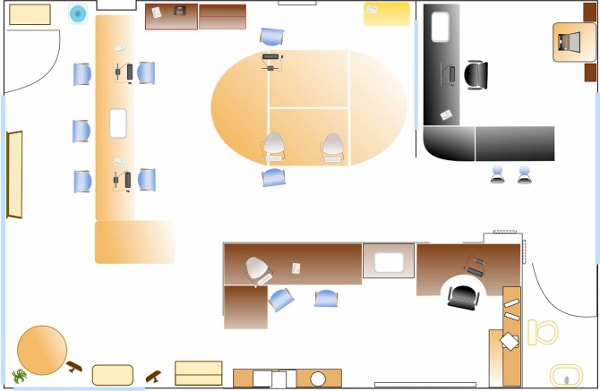
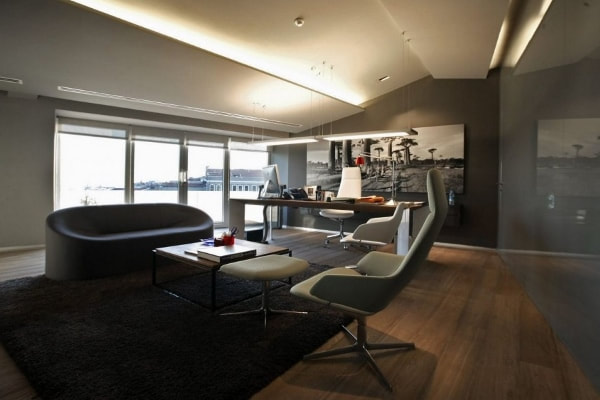
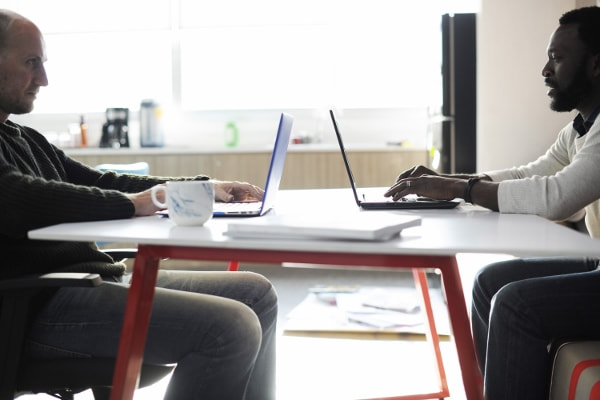
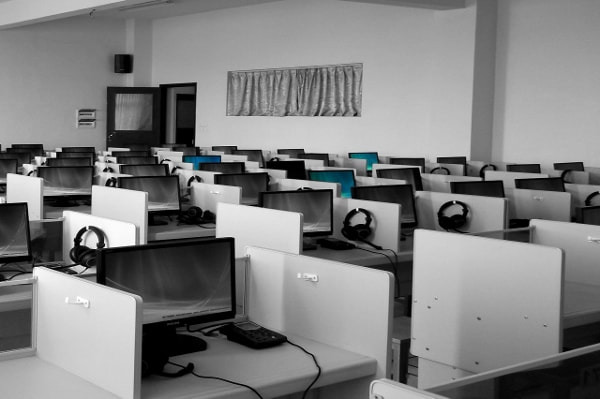
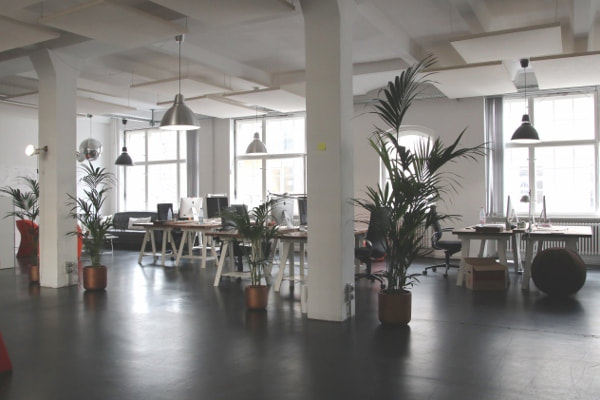


 RSS Feed
RSS Feed




